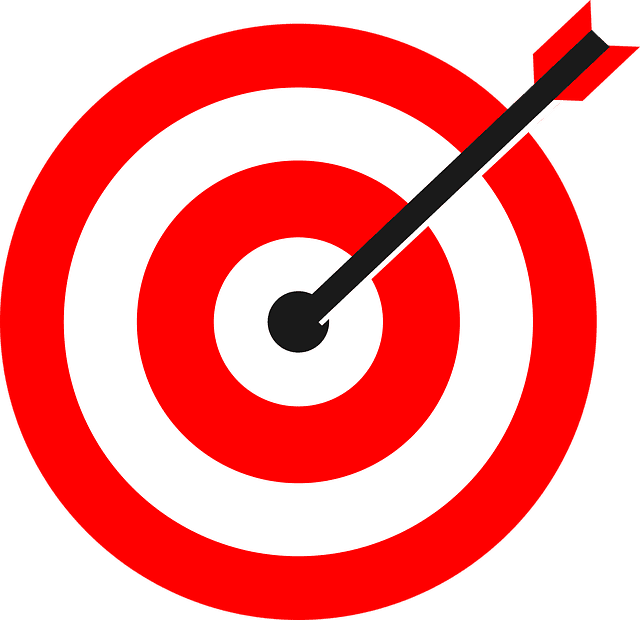Successful CRM Transformation Program Design
By: Ciopages Staff Writer
Updated on: Feb 25, 2023

What are the underpinnings of a successful CRM Transformation Program Design? It is all about approaching CRM transformation as a combination of thoughtful CRM Strategy, re-engineered and optimized CRM processes, rearchitected CRM systems, and flawless CRM and Sales operations.
Unless one has been living under a rock, the last decade has witnessed a revolution in how applications are developed and deployed, how analytics are driving data-driven decisions, how social has become an integral part of corporate channels, and how digital omnichannel paradigm is driving customer experience.
So, what do the social, mobile, analytics, and cloud have to do with CRM transformation programs? Pretty much everything. Today, before calling a client a sales person looks at their social media footprint and activity. A customer profile includes not only internal profile and transaction history but also external aggregated data and social media activity. Social channels have transformed beyond teens to find dates and evolved into powerful communication, marketing, sales and engagement channels. And the CRM has been one of the first areas to be disrupted by SAAS software, with SalesForce.com, a pioneer which has evolved into an 800-pound gorilla.
Despite all these positive developments in the CRM arena, many large and reputable firms have sunk millions into shiny new CRM systems, but have had not much to show for, except another failed system implementation. It is not necessarily the fault of the system. After all, a system helps tech enable functions and provides features. The problem goes much deeper and is pervasive in CRM transformations. Hence, for successful CRM transformations, it all starts with vision and strategy, operations and execution, processes and procedures, people and training, and last comes the system.
Despite all these positive developments in the CRM arena, many large and reputable firms have sunk millions into shiny new CRM systems, but have had not much to show for, except another failed system implementation.
So, how do successful companies the world over address this potential for CRM transformation program failure and define a successful CRM transformation program? Here is a blueprint for successful CRM transformation program design:
CRM Transformation Program Design Components:
CRM Strategy:
- CRM Vision: It should not be about CRM system, but about what is the company’s overarching vision about customers, sales models, and sales operations. The system should not be even a part of the conversation. So, the vision should not read, “Implement ABCD System to help improve sales and customer operations.” Instead, focus on customers, the sales teams, the call center teams, the support teams and sales operations teams and what do you wish to derive from the interactions and interfaces of these stakeholders during the entire sales and customer service process.
- Customer Experience Modeling: An understanding of customer experiences and buying and service journeys across the channels is a key starting point.
- Sales Process Modeling: Understanding how sales teams prospect, engage, quote and close sales, which is a mirror image of the customer buying journey is another component of successful CRM transformation program design.
- Target State Operating Model: A target state operating model is perhaps the lynchpin of where the company is going in terms of people, process, operations, and sales and services models. It also defines the strategic and operational levers. Without a target operating model, a CRM transformation program will be prone to challenges and failure.
CRM Data and Analytics:
- CRM Data Strategy and Architecture: What are the data strategy, data model, and data architecture? How will it work with the overall technical and solution design?
- CRM Data Migration: What are the pitfalls and challenges of exporting, converting, cleaning and normalizing data?
- CRM Data Analytics: How will customer profile, transactions, and interactions be enriched and enhanced? What type of analytics – data mining, insight driven interactions, data-driven decisions, predictive analytics – are desired and what are the appropriate data and analytical overlay engines to accomplish these objectives.
CRM Conceptual Solution Design:
- CRM Capability Model: Define a list of CRM capabilities that are desired and what underlying features and functions will be optimal. Rank the capabilities and features needed as “Vital, Essential, and Desired”.
- CRM Value Streams: Identify and detail out the key CRM Value Streams. Typical value streams are “Intent to Purchase” “Incident to Resolution” “Prospect to Customer” “Quote to Cash” etc.
- CRM Business Needs: Define a set of high-level business needs aligned to capabilities. These should be at a relatively higher level and not in the weeds. Whether you follow agile or waterfall, these are the starting point for stories (agile) or detailed business requirements and functional specifications.
- CRM Transformation Roadmap: Define a CRM transformation roadmap that includes multiple phases, multiple releases, incremental delivery of capabilities, and sequenced rollout schedule.
CRM System Selection and Implementation:
- System Selection: Do not go into the market with a pre-set mind of “We are going to implement XYZ CRM system.” That is akin to putting the cart before the horse. Instead, approach the problem as this is what we need and which CRM solution can meet the need. What is available out of the box, what is a configuration, and what is customization. The less customization there is, the better. In addition to the breadth of features and depth of functionality, the user experience, the price, the contract terms, upgrade path, and support should be key considerations.
Do not go into the market with a pre-set mind of “We are going to implement XYZ CRM system.” That is akin to putting the cart before the horse. Instead, approach the problem as this is what we need and which CRM solution can meet the need.
- Integration and Add-ons: While most of the CRM platforms are extensive, no system can meet the needs of every enterprise and offer every niche capability, and every feature/function bells and whistles. So, there will be a need to integrate with other systems (for example Order Management, Accounting etc.) or add-on applications such as CRM Analytics and Datamining. Choose the add-ons and integrations carefully and make sure these are not point-to-point but are based on industry standard integration methods such as APIs.
- System Configuration: The CRM system should be configurable based on a future state CRM blueprint and limit the amount of customization. Business analysts should be able to configure the system and developers should not be needed. Configure the system to the way the sales teams work, the customers engage, and sales operations occur. Of course, there are times when it is necessary to leave behind convoluted processes and cumbersome procedures and adopt the industry best practices that the leading CRM platforms offer.
- Deployment and Rollout: Based on the CRM Transformation Roadmap, plan the deployment (internal or external or hybrid cloud), and roll out (geography or business units or sales models etc.)
Program Management and Governance:
- Program management: A strong program management office with competent project managers leading key work streams is critical to the success. Staffing the CRM transformation program with A players shows how important the program is for the enterprise.
- Governance: A lightweight governance and steering committee comprised of key stakeholders will help provide the guidance and guardrails for the CRM transformation program.
Change Management:
- Buy in: It starts with executive buy-in and then influencing key user groups and ultimately the actual users – internal and external.
- Training: Training is a key part of successful CRM transformation program design. Train the trainers should be the responsibility of the CRM vendor. In addition, leverage the best practices and training curriculum. If needed, hire a specialist firm for CRM training. User training based on industry best practices and delivered via multiple channels and methods is essential.
- Communications: Focused and frequent communication is a strong success factor in successful CRM transformation program design.
Operations and Evolution
- Competencies and Capacity: Build the right competencies and skills and make sure there is adequate capacity and commitment.
- Metrics and Measures: Having the right metrics and performance measures in a critical success factor in successful CRM transformation program design.
- Kaizen: It is not about a big bang, but ongoing improvements based on strategic, operational and tactical considerations that will make a CRM transformation program successful.
Following the design principles and incorporating the key components relevant to your enterprise will help make your CRM transformation program successful. What other successful elements have you incorporated into your CRM Transformation Program Design? Please share with your peers.
Please also review CIOPages.com CRM Transformation Resources including the CRM Transformation Framework the CRM Transformation Roadmap, and the CRM Transformation Toolkit.
